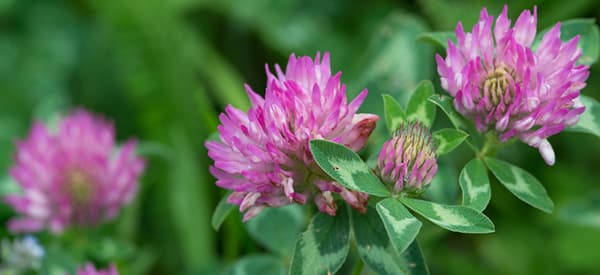
Red Clover
Red Clover (Trifolium pratense) is one of the familiar weeds thriving in all kinds of grassy areas. It can easily escape cultivation, making it a disruptive common weed. But, red clover is also a valuable plant with many medicinal and culinary uses. The round, purple flowers of red clover exude a honey-like fragrance while the foliage gives off a distinctive clover scent. These parts are edible and can be eaten cooked or raw, and they’re often added to salads.
Red clover flowers entice honeybees and are the habitat of the larvae of Clouded Sulfur butterflies. It is also essential to farmers as forage for cows and other animals. In 1895, Vermont officially considered red clover as its state flower, representing its vast and rich farms and fields.
In the past, red clover grew abundantly in Europe and was used as medicine for respiratory illness and skin problems. During the 18th century, colonists introduced red clover to North Eastern United States. Its earliest species were used as pasture crops and to fix nitrogen in the soil. Its cultivation decreased when synthetic fertilizers were introduced and its medicinal use was once again considered its primary use.
Where Red Clover Is Found
Red clover is an easy-to-grow crop and is widely distributed all over the world. It is particularly abundant in the temperate regions of Europe, North America, Southern America, and Northern Asia. Its natural habitats are meadows, fields, riverbanks, roadsides, and wastelands.
How To Identify Red Clover
Red clover is distinguished from other types of clovers for their pink-purple flowers. It is a self-seeding herb with vigorous rhizomes, making it quite an invasive plant. This perennial wildflower makes a fine addition to an edible garden, a pollinator or butterfly garden.
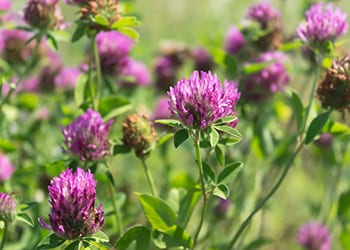 Leaves. Red clover leaves are green, and compound. They may either grow on a single primary vein (pinnate), secondary leaf branch (bipinnate), or divided leaflets (palmate). They are elliptical, serrate, alternate, and often form in three leaflets. The lower leaves have long, hairy petioles. Each leaf has a V-shaped mark called a chevron on the surface.
Leaves. Red clover leaves are green, and compound. They may either grow on a single primary vein (pinnate), secondary leaf branch (bipinnate), or divided leaflets (palmate). They are elliptical, serrate, alternate, and often form in three leaflets. The lower leaves have long, hairy petioles. Each leaf has a V-shaped mark called a chevron on the surface.
Flowers. During spring or summer, red clover displays its pink-purple ovoid flowers. These fragrant and edible blooms have head inflorescence where each head is composed of numerous tubular flowers.
Fruits and Seeds. After their bloom time, the flowers mature and turn brown or copper. These are the seedpods replacing the petals. Each seed pod contains 1 or 2 heart-shaped seeds.
Roots. Red clover has lateral roots and a mat of fibrous roots growing deep into the soil. The penetrating taproot can grow as deep as 34 inches into the ground. It enables the plant to absorb moisture and survive frost and drought.
Stem. Red clover stems are erect and ascending, growing from about 6 to 24 inches tall. They are hairy and appear to be occasionally branched.
⇒ The Complete Map of Edible Plants: Find Out What You Have in Your Area! (Video)
Trifolium pretense, or red clover, is a member of the Fabaceae or legume family. The genus Trifolium, or clover, has around 300 species with several varieties. Red clover has two popular varieties:
- Medium or double-cut red clover that grows vigorously and produces higher yields
- Mammoth or single-cut red clover are slow-growers that are often used as cover crops
How To Grow Red Clover
Red clover is a soil-improving plant often used as a cover crop. Large-scale clover propagation is intended for producing green manure, fodder, or medicinal plants. It requires a large agricultural area where red clover is sown as seeds.
You may also grow them in a small garden as ornamental, food-source, or medicinal herbs. Seeds are viable options. But if you have an existing plant, it is also possible to grow it through its stolon.
Pratense seeds are available in many online stores. They are also abundant in grassy fields if you know how to identify one. Growing red clover through its underground runners is the easiest and fastest way for it to proliferate.
Growing Red Clover From Seeds
Sow red clover seeds ideally in late summer or early fall in any garden soil. For large-scale planting, just scatter the seeds on the surface and cover them lightly with soil.
If you want to grow red clover in pots, make sure that the container is deep and with ample drainage. Poke a hole into the soil and plant one seed 1 to 2 inches deep.
When planting red clover seeds in the lawn, scatter the seeds in the soil and lightly rake them for good soil contact.
Water the seeds regularly and expose them to the full sun until they germinate.
⇒ How to Get Free Hot Running Water (Video)
If you want to apply fertilizer, do not apply it during its growing season. You can prepare phosphorus and potassium-rich fertilizer once before sowing.
Growing Red Clover From Stolon
Stolon is the segmented horizontal root of the plant often arising from the crown of the plant. Red clover produces these adventitious roots that you can grow into a new red clover. Stolon, unlike rhizomes which are buried in the soil, grows on the soil surface.
Simply pinch the red clover stolon and plant it in a well-prepared garden until it regrows its roots.
Plant Care And Maintenance
Red clover is one of the herbal weeds that grow vigorously without maintenance. They are drought and cold tolerant and resilient to any climate conditions.
The plant is adaptable to many conditions but will grow best in the following growing environment:
- Loamy and well-draining soil
- Soil pH level between 6 to 7
- Partial shade
- Weed-free area
- PK fertilizer before sowing
How To Harvest Red Clover
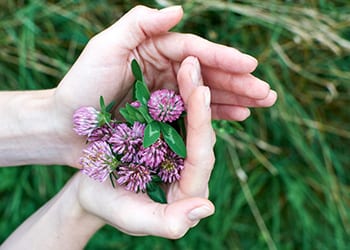 Red clover often lasts for up to 3 years, with the highest yield in its second year of bloom. Harvesting it for commercial use is ideal before the plant fully blooms to generate a higher yield.
Red clover often lasts for up to 3 years, with the highest yield in its second year of bloom. Harvesting it for commercial use is ideal before the plant fully blooms to generate a higher yield.
If you want to harvest the blossoms for food, gather them in spring when they taste sweeter. Do it late in the morning after the dew dried up. Choose a healthy plant with bright-colored flowers and snip them off including the young stem.
⇒ People Weed Out These Plants, But Here’s What You Should Do Instead (Video)
You may air dry the harvest or dry them in a dehydrator for future use. Make sure to store them in a dry container so they can retain their potency for up to three years.
What Red Clover Is Good For And Natural Remedies Made From It
In ancient times, red clover was used for treating poisonous snake and insect bites. But more than being fodder and topical herb, its healing properties were also explored.
Red clover is valued for its anti-inflammatory property that provides many benefits for cardiovascular health. The plant was used in reducing the tension in the blood vessels and arteries that is often due to surging blood pressure. Relaxing and treating inflammation prevents the possibility of heart problems and stroke.
As a green leafy vegetable, red clover is also a rich source of vitamin C. It helps boost the immune system and facilitates the normal production of white blood cells. Regular intake of red clover leaves gives the body a better advantage against free radicals and bacterial and viral infections.
For women with menstrual problems, red clover is a potent healing herb. It contains isoflavones that maintain the estrogen level in the body. It can prevent hormonal imbalance and mood swings and reduces menstrual pains. Red clover extract is also an effective herb for treating hot flashes and other symptoms of menopause.
Ovarian hormone deficiency often causes osteoporosis in women. As red clover balances the hormones, it also prevents the risk of developing osteoporosis.
In Chinese medicine, red clover is considered a blood purifier that may help in preventing cancer. Red clover detoxifies the body and removes excess salt, fats, and toxins.
Isoflavone is also a useful compound for slowing down skin aging. Red clover is not only an anti-inflammatory but also UV protective, and collagen-boosting herb. By improving skin elasticity and hydration, it is considered an effective herb for treating wounds and burns.
Aside from isoflavones, red clover also contains volatile oils and anthocyanins. Its extract not only improves hair and skin health but also boosts libido and helps improve sleep.
Red clover is also a traditional medicine for many respiratory symptoms. It can cure whooping cough, colds, asthma, and bronchitis and helps in loosening phlegm. Red clover can reduce discomfort during illness and it is ideally taken whenever one feels the onset of illness is coming.
Red clover is a beneficial crop with effective health benefits for the following:
- Reduce hypertension
- Improve cardiovascular health
- Enhance immunity
- Manage menstrual pain
- Improve hormonal balance
- Prevent cancer
- Lower cholesterol
- Prevent osteoporosis
- Treats skin problems and inflammation
- Cure for respiratory illness
- Holistic treatment for fibroids
- Improve sleep
The flowering heads of red clover contain potent medicinal properties for alleviating many health symptoms. It includes: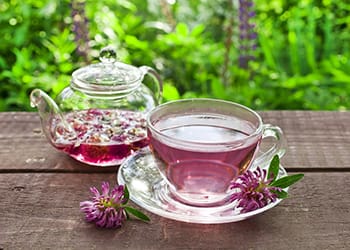
- Alterative
- Antispasmodic
- Anti-inflammatory
- Antimicrobial
- Diuretic
- Detergent
- Expectorant
- Sedative
- Tonic
What Parts Of Red Clover Are Used For Remedies
The whole part of red clover is edible. But its most potent part used in remedy is its flowering head and leaves. The red flowers are often dried and used for tea and infusion.
For skin problems, the smashed roots, leaves, stems, and flowers are used as a poultice. The powdered root is also often used but the most potent form of red clover is its tincture.
Red clover is available as an herbal food supplement in the form of capsule, tincture, liquid extract, essential oil, ointment.
Red Clover Vinegar Salad Dressing
Ingredients
- 1 part apple cider
- 1 part fresh red clover blossoms (use 4 parts vinegar and 1 part red clover flower if using dried ones)
- 4 oz red clover vinegar
- 4 oz olive oil
- 2 oz honey (or maple syrup)
- Salt and pepper, to taste
- 1 tsp Dijon mustard, optional
Steps
- Prepare the red clover vinegar by infusing red clover blossoms in apple cider vinegar.

- Store the jar in a cool and dry place, shaking regularly for 2 to 4 weeks, and strain the vinegar.
- To make the dressing, place olive oil in a jar.

- Add the rest of the ingredients, including Dijon mustard if you like.

- Close the jar and shake well to mix. Adjust the taste by adding salt or pepper as desired.

How To Use This Recipe
Red clover salad dressing is a healthy addition to salad and a variety of culinary dishes. You can use this for marinating meat, adding flavor to chicken, or dressing pasta. It will also pair well with roasted potatoes and grilled skewers.
When using red clover supplements, the dosage for adults is 85 mg for hormonal replacement. The safe dosage, depending on needs, is 40 to 160 mg of isoflavone daily.
What Plants Resemble Red Clover
| Features | Red Clover (Trifolium pratense) | Carolina Clover (Trifolium carolinianum) | Crown Vetch (Securigera varia) |
|---|---|---|---|
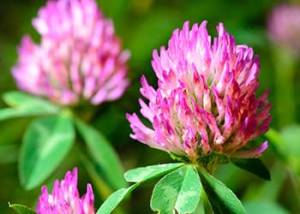 | 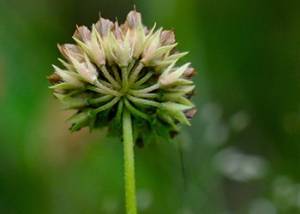 | 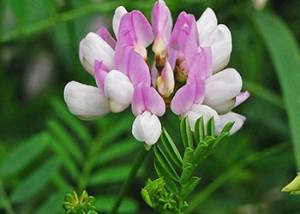 | |
| Size | 6 – 24 in | 12 – 36 in | 2 – 6 in |
| Leaves | Green; compound; elliptical; serrate; hairy; chevron | Green; compound; elliptical; hairy; serrate | Pinnately compound; elliptical; odd-numbered leaflets |
| Flowers | Pink to purple; head inflorescence; numerous tubular flowers forming the head | Purple/lavender/white; head inflorescence | Pink/lavender/white; clustered umbels |
| Fruits/ Seeds | Brown/copper fruit; heart-shaped seeds | Legume-type; tubular | Legume-type seed pods; narrow seeds |
| Stem | Erect; ascending; hairy; occasionally-branched | Slender; wiry; occasionally branched | Creeping stem; herbaceous |
| Scent | Honey-like with herbal tone | Clover scent | Peach-scent |
Warnings And Cautions
Red clover is generally safe when taken in a food amount. But, precautions should be taken when using red clover food supplements.
Its safety for breastfeeding women is not yet established. In pregnant women, red clover can cause hormonal imbalance. So, avoid taking red clover as an herbal supplement when pregnant or breastfeeding.
Excessive use causes the overproduction of estrogen in the body, which may increase the chance of developing uterine cancer.
Red clover increases the chance of bleeding. Avoid using it before a scheduled surgery.
Do not take red clover in a dosage that provides 80 mg of isoflavone daily for more than two years.
Red clover is not advisable for patients with the following conditions:
- Taking estrogen, tamoxifen, methotrexate
- With protein- S deficiency
- Hormone-sensitive conditions like ovarian, breast, and prostate cancer
- Liver problems
- Using contraceptive pills
- Blood thinning medications
As with all herbal remedies, always consult your doctor before using them. Herbs may interact with existing conditions and medications.
You may also like:
 Fermented Red Clover For Rebuilding Bone Mass
Fermented Red Clover For Rebuilding Bone Mass
The Ultimate Survival Food That You Should Add to Your Stockpile (Video)
How To Make Your Own Raspberry Vinegar






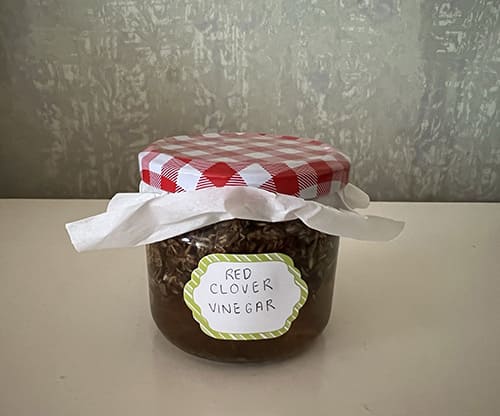
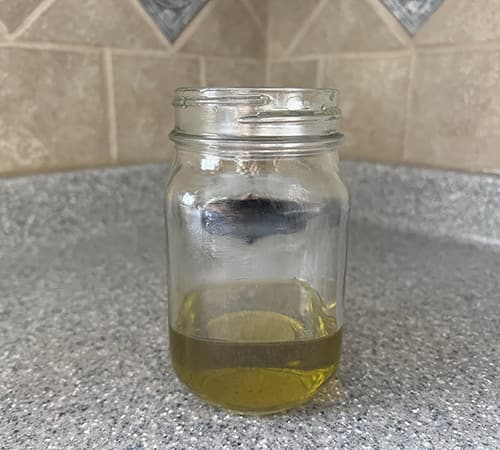
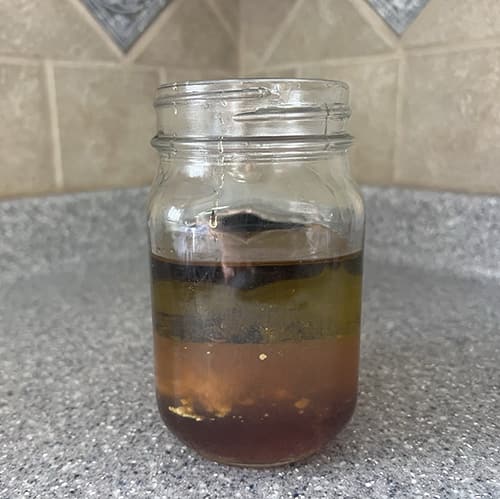
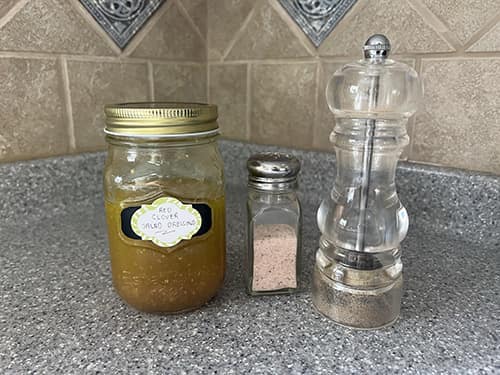
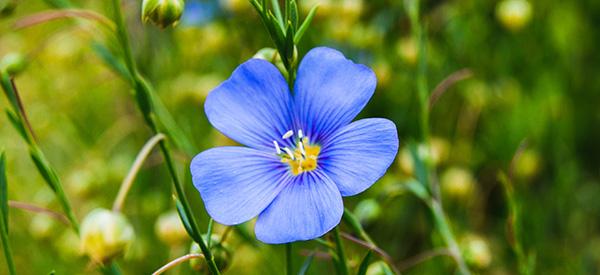
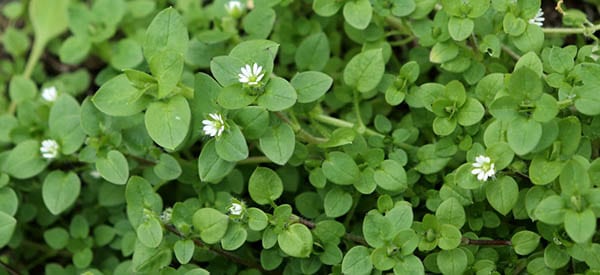
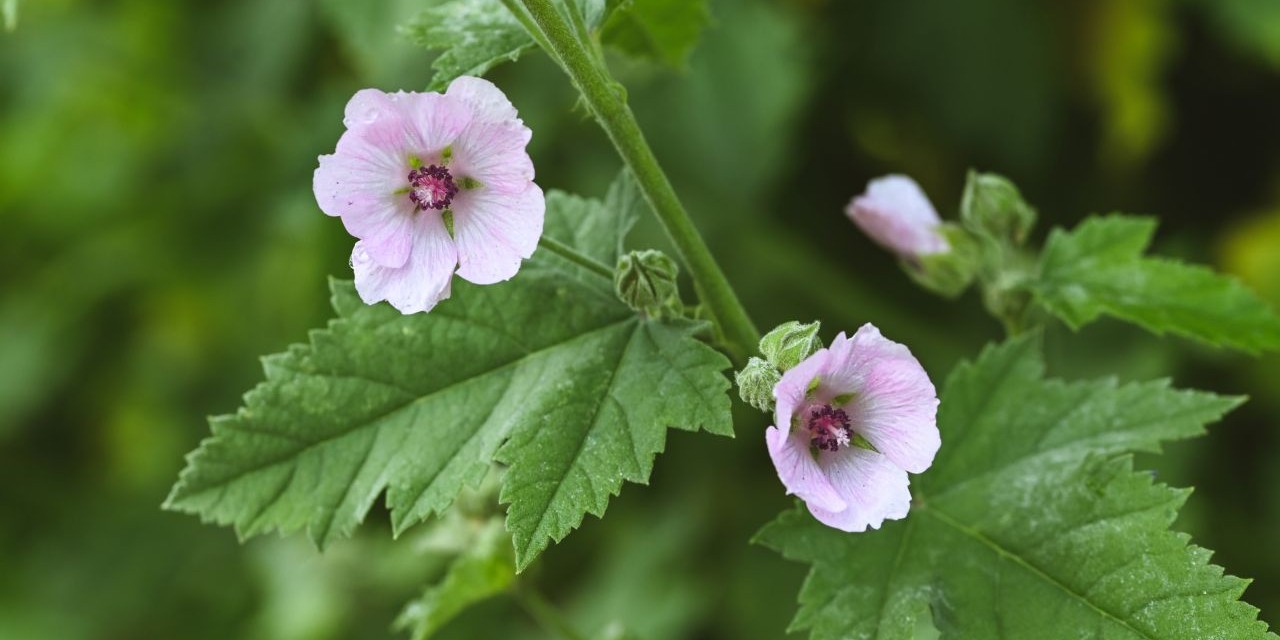
Why is it not recommended if one is taking methotrexate or tamoxifen? Please explain what the counter recommendation means in more detail